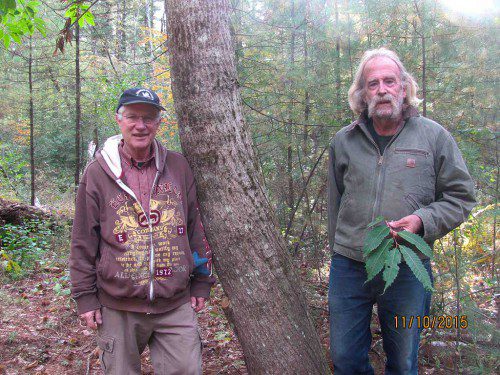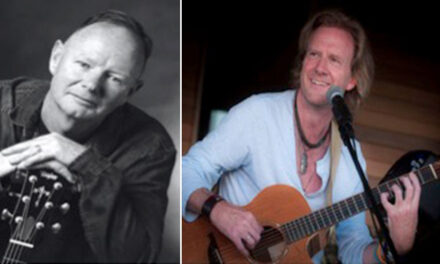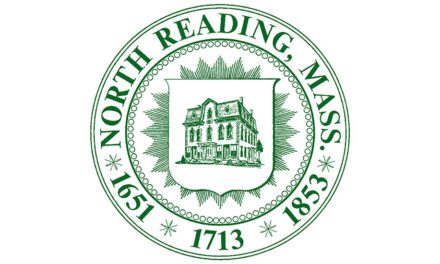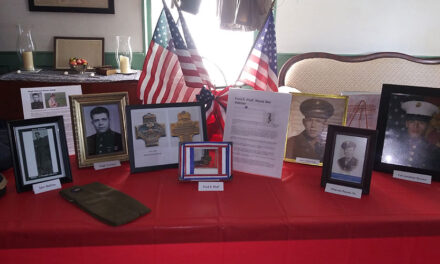Published in the February 2, 2017 edition

Mark Meehl (left) and Dave Lent discuss ongoing efforts to restore the American Chestnut Tree population, Thursday, Feb. 9 at 7 p.m. at Flint Memorial Library. (Courtesy Photo)
By Bill Laforme
NORTH READING – Town residents will have the opportunity to hear about ongoing efforts locally and elsewhere in the northeast to revive the American chestnut tree.
Mark Meehl and David Lent, both members of the American Chestnut Foundation, will speak at the Flint Memorial Library on Thursday, Feb. 9 at 7 p.m.
In a recent conversation with the Transcript, Meehl, who works at the Edith O’Leary Senior Center, said that chestnut trees once accounted for about a quarter of the hardwood trees in the northeast, but that a blight starting in New York soon after the turn of the century decimated much of that population within about fifty years. From Florida to Ohio and up to Main, about 4.5 billion American chestnut trees reportedly died during that period.
Now, Meehl and Lent are among those working to try to restore these trees to some semblance of their former prominence, largely through efforts to breed a blight-resistant strain of tree. Meehl added that the New York chapter of the organization is working on its own accelerated program that could potentially produce blight resistant pollen, pending government approval, in as little as three or four years.
Meehl explained that despite the blight that continues to kill mature chestnut trees to this day, there are still a number that survive in the local area, sometimes protected by taller trees that protect them from direct air currents. During the talk next week, Meehl said that he and Lent will show images of some of the noteworthy local chestnut tree specimens and describe where they can be found.
Meehl said that for many people, American chestnuts are a distant memory and that the chestnuts commonly eaten today are imported from Europe or Asia. The trees can grow to fifty or sixty feet high and in their day were particularly prized for poles. Meehl called the blight one of the biggest ecological catastrophes of the 20th Century.
Along with providing the update with Lent at the library next Thursday, Meehl told the Transcript that he can also provide residents with their own chestnut tree saplings later this spring. Anyone interested in getting a tree can email him at m_meehl@yahoo.com.
To learn more about the American Chestnut Foundation, visit ACF.org.




